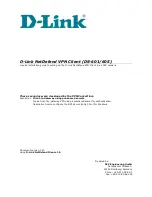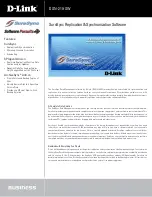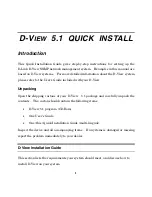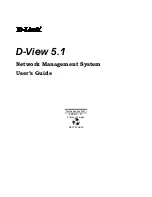Reviews:
No comments
Related manuals for GigaEditor 4

SL-M2820DW
Brand: Samsung Pages: 16

SCX 4826FN - Laser Multi-Function Printer
Brand: Samsung Pages: 16

DS-605 - VPN Client - PC
Brand: D-Link Pages: 15

DSN-210-SW - SureSync Continuous Data Protection
Brand: D-Link Pages: 4

D-View 5.1
Brand: D-Link Pages: 56

D-View 6 Professional
Brand: D-Link Pages: 143

PS Admin
Brand: D-Link Pages: 136

D-View 5.1
Brand: D-Link Pages: 279

ALTIRIS DEPLOYMENT SOLUTION
Brand: Symantec Pages: 3

DP-200USB
Brand: Denon Pages: 38

IT DIRECTOR
Brand: Intel Pages: 43

Network HotSync
Brand: 3Com Pages: 38

POLICY MANAGER PROXY 2.0 -
Brand: F-SECURE Pages: 24

Z3-DM368-APP
Brand: Z3 Technology Pages: 8

AltiSupervisor
Brand: Altigen Pages: 34

ThinkCentre M55
Brand: Lenovo Pages: 388

SDK
Brand: SanDisk Pages: 12

GuestGuard
Brand: Dymo Pages: 2

















